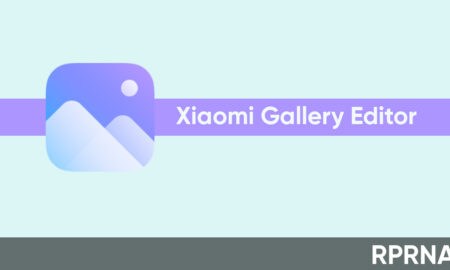Search results for "optimizations"
-

 997Apps
997AppsOnePlus Buds App 14.2.1 update arrived with optimizations and fixes
OnePlus Buds app allows users to update the OnePlus TWS firmware and change its settings. You can even connect the OnePlus TWS...
-

 623News
623NewsXiaomi 13 Ultra welcomes October 2023 MIUI security optimizations
Xiaomi 13 Ultra has started collecting the October 2023 update that brings the newest security optimizations. Although the phone holders are keenly...
-

 694Updates
694UpdatesXiaomi 13T Pro getting first MIUI update with system optimizations
Xiaomi 13T Pro is receiving its first MIUI update with effective optimizations for the device’s system. On the flip side, the firmware...
-

 737Updates
737UpdatesRedmi 12 is receiving October 2023 MIUI optimizations update
Xiaomi has started sending a brand new October 2023 firmware update for the Redmi 12 handsets, which installs a handful of optimizations....
-

 930Updates
930UpdatesVivo V27 picks October 2023 optimizations update, Funtouch OS 14 confirmed
Vivo V27 smartphone users are getting fresh optimizations in the system with the October 2023 firmware update and you can grab it...
-

 692News
692NewsRedmi K60 Ultra (Extreme Edition) picks October 2023 MIUI optimizations
October 2023 has begun, and the Redmi K60 Ultra Extreme Edition is receiving a new optimizations update. This firmware comes with the...
-

 1.3KUpdates
1.3KUpdatesOnePlus Nord Buds 2R picks October 2023 update with new optimizations
OnePlus has surprised Nord Buds 2R users with a new update released in October 2023. The latest update includes some refinements that...
-

 788Apps
788AppsOnePlus AOD app gets new optimizations in September 2023
OnePlus AOD (Always On Display) enables you to view important details on your smartphone without unlocking it. To maintain this efficiency, the...
-

 828Apps
828AppsXiaomi Gallery Editor new update brings significant optimizations
Xiaomi is releasing a new update for the Gallery Editor app, which brings significant optimizations and new features to elevate the overall...
-

 817News
817NewsRealme Narzo N53 grips September 2023 optimizations update
Realme has started rolling out the September 2023 update for the Narzo N53 devices. The latest firmware is arriving with a handful...
